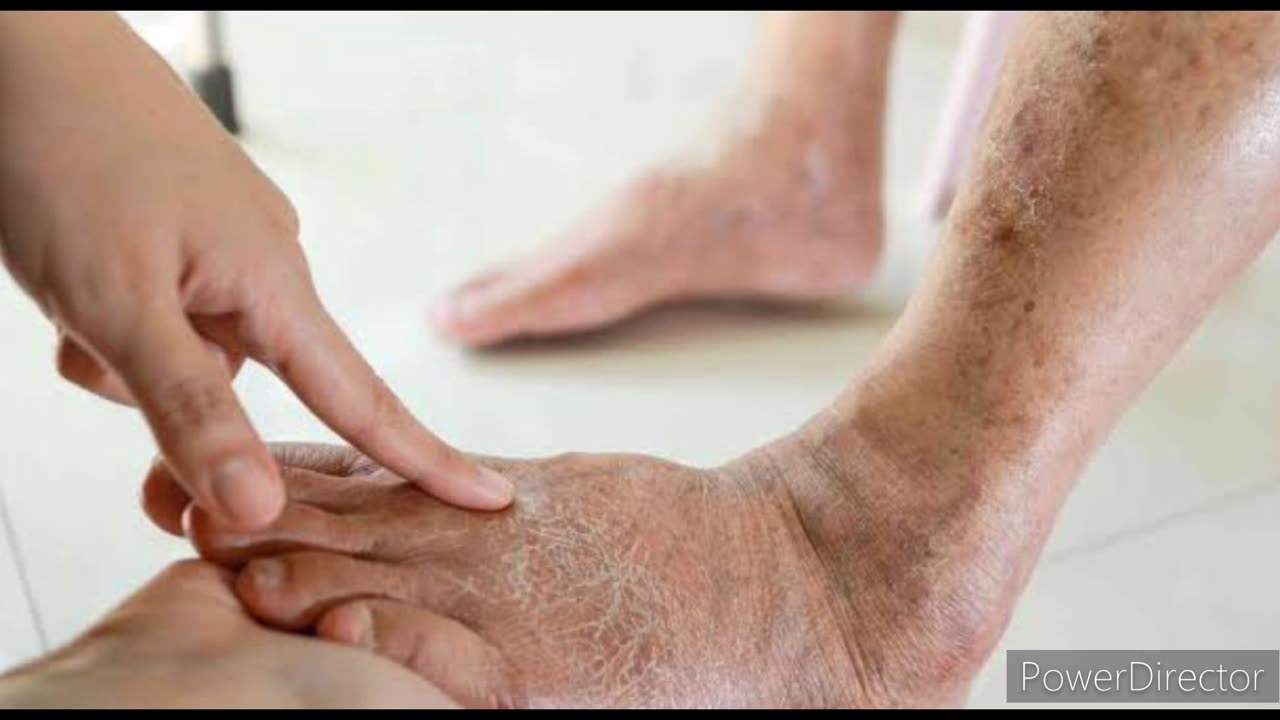Premium Only Content

Sugar. Diabetes. Diabetes
Sugar. Diabetes. Diabetes
Diabetes, also known as diabetes mellitus,
It is characterized by a disordered or disturbed metabolism
usually due to a combination of hereditary and environmental (acquired) causes
with abnormally high blood sugar levels.
In general terms: It is a condition that occurs when there is a lack of insulin in a person's blood or when the body has trouble using the insulin it produces.
Glucose is not the sugar (sugar) that is available in normal stores
it is a natural carbohydrate that our body uses as energy
A hormone produced in the pancreas called insulin is responsible for regulating blood glucose levels
The first type of diabetes is caused by lack of insulin while the second type is caused by the body's low response to insulin
Both of these causes lead to hyperglycemia. Hyperglycemia causes symptoms of diabetes in the body including: Polyurea is a typical symptom and causes polydipsia
which causes excess fluid intake
Blurred vision, weight loss, fatigue, lethargy and
Problems such as changes in kinetic energy arise.
Since the medical availability of insulin in 1921
all types of diabetes are treatable
but this treatment is not widely available.
Diabetes usually means diabetes mellitus. However, there are several types of diabetes, the most common of which is uncomplicated diabetes, in which dilute urine is produced frequently. Diabetes simple is caused by kidney or pituitary gland.
Diabetes insipidus Diabetes insipidus is a condition in which dilute urine is produced in large quantities. This indicates the kidney's inability to concentrate urine. This disease is caused by deficiency or deficiency of antidiuretic hormone.
Type 1 diabetes mellitus
Type One Diabetes
The first type of diabetes is a disorder of the beta cells in the pancreas, which causes a decrease in the amount of insulin. A disorder in beta cells is an autoimmune attack by T-cells. The main treatment of the first type is the injection of insulin into the body and the monitoring of blood sugar levels. Absence of insulin sometimes leads to ketoacidosis, which can lead to coma or death. Treatment now includes diet and exercise, but these cannot reverse the progression of the disease.
Another type of diabetes
Type Two Diabetes
Another type of diabetes is insulin resistance or sensitivity and low insulin secretion. The response of body tissues to insulin is largely driven by the insulin receptor present in the cell membrane. In the early stages of the disease, the response to insulin is low and the amount of insulin in the blood is high. In this situation, several steps can be taken to increase insulin sensitivity or decrease the amount of insulin produced by the pancreas. As the disease progresses, the insulin dose increases and eventually insulin replacement is clinically necessary.
Gestational diabetes
Gestational diabetes is similar to other types of diabetes in many ways. This includes slightly lower insulin secretion and responsiveness. It occurs in about 2 to 5 percent of all pregnancies and tends to improve or disappear after childbirth. Gestational diabetes is completely treatable, but with careful medical care throughout pregnancy
Monitoring is required. Among women under its influence
20 to 35. Percent women with later diabetes
They become victims of the second type
-
 LIVE
LIVE
Quite Frankly
6 hours ago"Mixed News, RFK Pull-up Challenge, Calls" ft. J Gulinello 8/28/25
513 watching -
 1:14:52
1:14:52
TheCrucible
3 hours agoThe Extravaganza! EP: 29 (8/28/25)
84.8K8 -
 1:09:58
1:09:58
Kim Iversen
4 hours agoTrans. Russian. Anti-Israel. Anti-Trump. Are You Buying This Story?
30.3K66 -
 1:51:08
1:51:08
Redacted News
4 hours agoEMERGENCY! BILL GATES CULT MEMBERS FOUND PLANTED INSIDE MULTIPLE FEDERAL AGENCIES, RFK FURIOUS
129K92 -
 31:02
31:02
Kimberly Guilfoyle
5 hours agoFull Breaking News Coverage: Live with John Nantz & Steve Moore | Ep250
28.6K13 -
 1:15:19
1:15:19
vivafrei
6 hours agoShameless Politicization of Tragedy! Susan Monarez is OUT! Pritzker is an IDIOT! & MORE!
130K50 -
 9:52
9:52
Tundra Tactical
3 hours ago $0.44 earnedCracker Meme Review On Tundra Meme Review!!
9.93K -
 LIVE
LIVE
Wayne Allyn Root | WAR Zone
6 hours agoWAR Zone LIVE | 28 AUGUST 2025
73 watching -
 LIVE
LIVE
LFA TV
12 hours agoLFA TV ALL DAY STREAM - THURSDAY 8/28/25
839 watching -
 1:39:30
1:39:30
freecastle
5 hours agoTAKE UP YOUR CROSS- CREATED IN HIS IMAGE
18.2K3